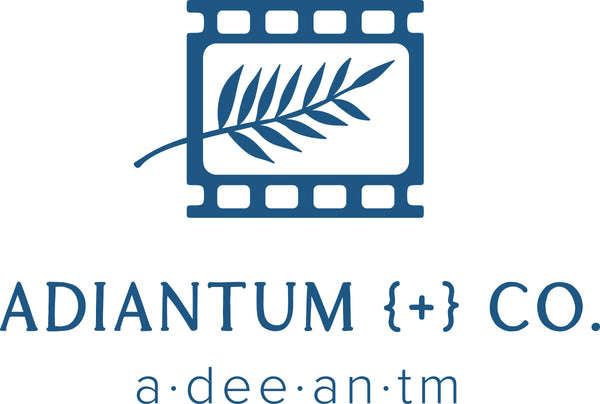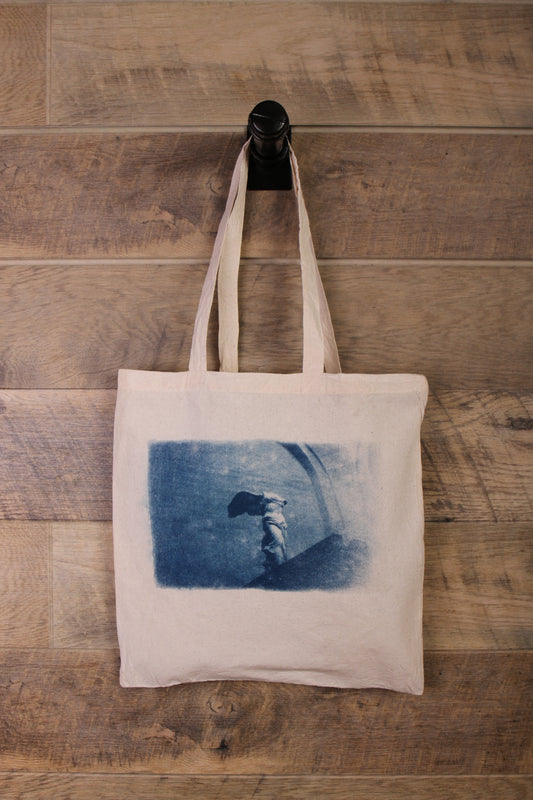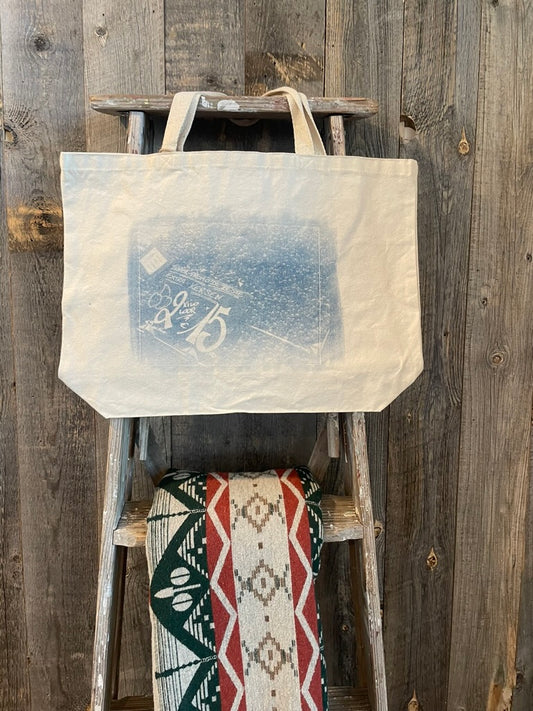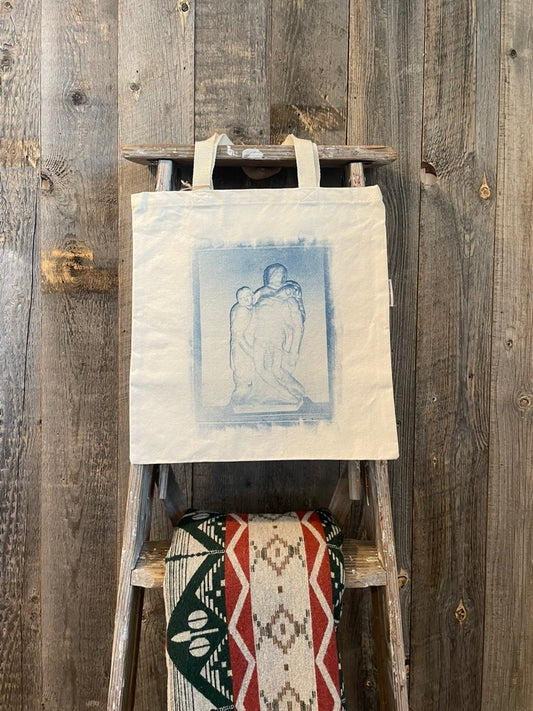
Bringing early photographic methods to life on everyday items!

Adiantum (+) Co began with the pure intention to introduce people to different photographic methods and photography in general. Each product purchased from Adiantum is unique, each item is hand-printed and exposed individually.
About Adiantum!
-
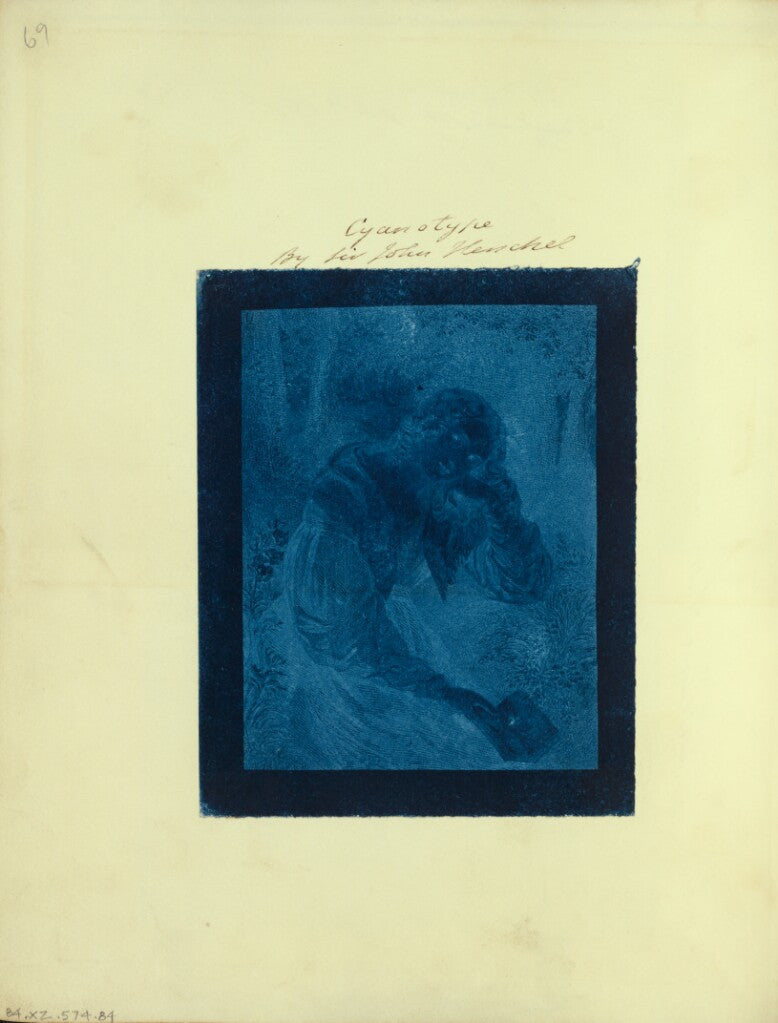
What is a Cyanotype?
The Cyanotype Process was invented by Sir John Herschel in 1842. Also known as the blueprint process, this is where the term "blue-prints" comes from! It became popular early on as a means to document the world, whether it be documenting plants or using photo negatives to cast an image onto UV-sensitive material.
.
.
.
Engraved Portrait of a Young Woman, Sir John Herschel, c. 1842
-
How the Cyanotype works!
We mix two chemicals: ferric ammonium citrate and potassium ferricyanide. Once we have mixed the chemicals together, we then hand-paint the chemicals onto each product. After a few hours of drying in a dark room, the chemicals are now UV-light sensitive and ready to be exposed. We carefully place a photo negative or other items onto the chemically treated surface to be exposed. After 3-9 minutes the product is rinsed, dried, and rinsed again. Now it is ready for you to take home!
-
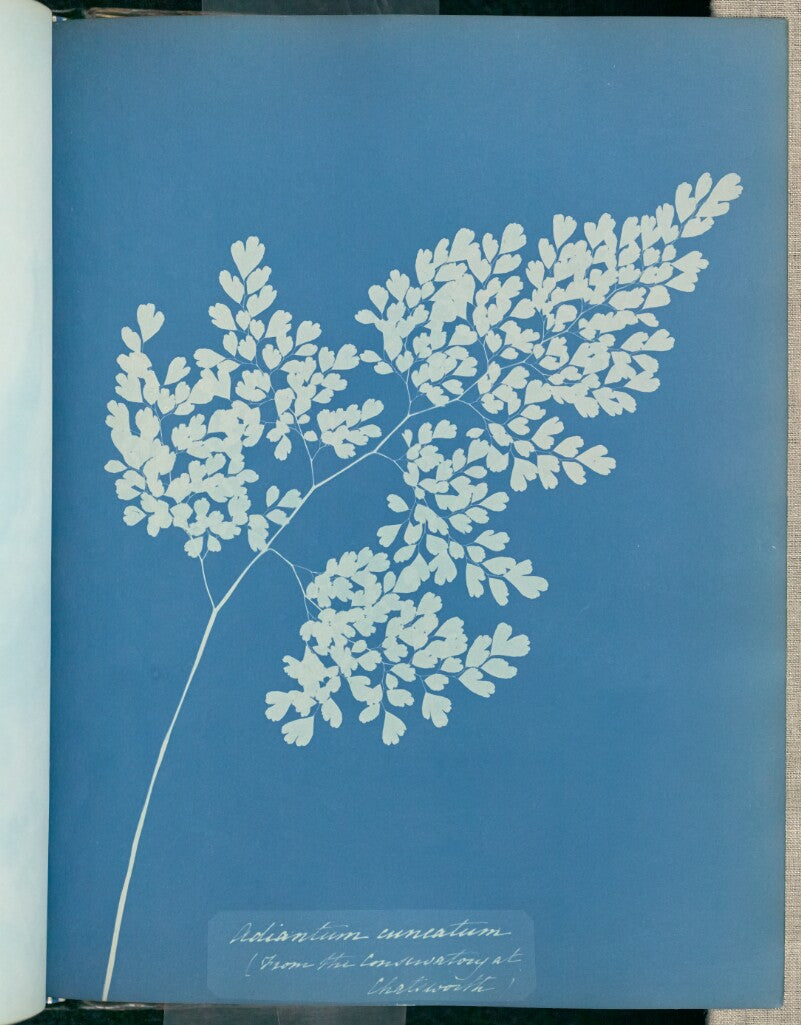
Why Adiantum?
The name Adiantum was inspired by early photographer and botanist, Anna Atkins. Atkins used the cyanotype method to capture the botany of England. One of the plants she often documented was an Adiantum, which is the scientific name for the Maidenhair Fern.
.
.
.
.
.
Adiantum Cuneatum, Anna Atkins, c. 1853
Featured collection
-
 Sold out
Sold outEiffel Tower Tote!
Regular price $20.00 USDRegular priceUnit price / per$20.00 USDSale price $20.00 USDSold out -
Belgium Cherries Large Tote
Regular price $30.00 USDRegular priceUnit price / per$30.00 USDSale price $30.00 USD -
Pieta Tote
Regular price $25.00 USDRegular priceUnit price / per$25.00 USDSale price $25.00 USD
